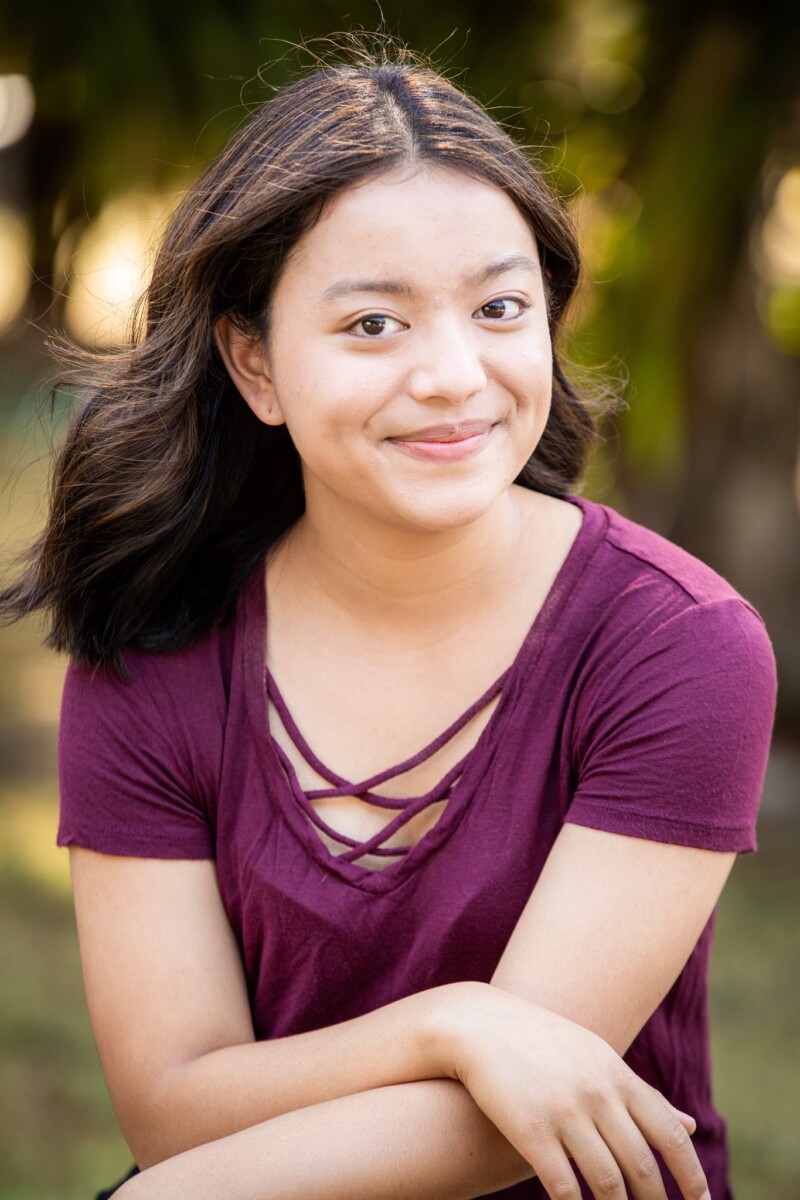
Chaya Tong
In the days leading up to March 13th, 2020, a date now seared in my mind as the day the world shut down, I was a high school junior in California. Blissfully unaware that it would be my last time in high school, I didn’t take note of any of the things I would come to miss so dearly – my friends’ faces and sitting in a classroom, walking through a jam-packed hallway, my daily train ride to school. In fact, in those last few days, I barely noticed any of it. I was busy. Specifically, I was slogging away on an AP biology project, mapping the phylogenetic tree (kind of like a family tree for organisms) of a new virus I’d seen on the news: COVID-19. My friend and I had been working on it for weeks, and it was close to completion. Ironically, a week after we turned in the final project, COVID-19 would come to California and destroy the rest of my high school career. Perhaps even more ironically, it was also that project that, a year and a half later, would lead me to college all the way across the country and a position at OTT.
It really wasn’t the biology part of the project that I excelled at. I was competent in biology, good even, and more importantly, I enjoyed it, but the humanities had always come more naturally to me than science and math. I had always known I wanted to major in English. So, it was my friend that took the lead running the computer programs and producing the phylogenetic tree diagram. It was my friend that magically got my computer working when the program crashed and my friend that knew the big biology words in scientific literature without Google. It was much to my surprise when, with our findings and diagrams complete, she struggled with what I thought was the easy part: writing it all up. So, I was the one that took the science and translated it into prose, breaking down the technical jargon. And in those last few weeks before the pandemic, I discovered my secret talent in science writing.
When applying to college, I found my “dream school” and a perfect match in Emory University with its renowned programs in both biology and English/creative writing. Within the first two weeks of my freshman year in Atlanta, I found yet another perfect match in an OTT position, writing about science and technology for a general audience. The technology transfer process, I soon learned, involved talents beyond pure science. There were the patent attorneys, the licensing associates, the business investors, and the marketing team. There were the people who created life-saving innovations and the people that shared those innovations with the world.
Now more than a year into my OTT position, I’ve had the opportunity to interview science researchers and write about innovations like Stuart Zola’s Neurotrack, which helps assess Alzheimer’s risk, and David Weiss and Peter Yunker’s Interferometry To Detect Antibiotic Heteroresistance, which helps prevent dangerous infections. As much as we talk about the product and scientific research itself, we also talk about the process. How does research get out of the lab and onto the market? How does a theory turn into a tool? The licensing, the marketing, the patents, and strategy – all of it works in tandem with science to lead to a finished technology.
Just like taking AP Biology, I often don’t understand everything the researchers I interview talk about (only a sophomore, I’m nowhere close to finishing my biology major). But over time, I’ve developed strategies for decoding. If I don’t understand the technology, neither will the audience I write for. During interviews, I ask researchers to explain their technology to me as if explaining to a middle schooler. I also ask them to think of an anecdotal analogy. These two questions have often given me the best material. In explaining Interferometry for Heteroresistance, David Weiss compared his technology to 3D movie glasses. Without special lenses, the images on the screen are a blurred mess, but with glasses (and for doctors, Weiss’ test for heteroresistance), the images are clear, providing an enhanced view. After I finish an interview, I Google foreign scientific terms and processes, determined to reach understanding and in turn, explanation. Simultaneously, OTT’s “Simple Science” blogs have given me the skillset to make complex medical terminology accessible and interesting. I’ve written about nutraceuticals, kidneys, Sarcoma, Myeloma, and Glaucoma.
I’m often asked about my seemingly opposite majors in English and biology. “What would you want to do with that?” is often followed by the obvious question of why anyone would want a course schedule equally divided between grueling essays and excruciating exams. I find myself answering by explaining my position at OTT. I like to think of myself as a kind of translator. I bring convoluted health and science research to the everyday person. I write for my high school self: the girl interested in science and in need of a Google translation. You need biology to discover, but English to articulate and convey. Scientific technology success is built on lab research. It’s built on the people that buy, believe, and use it in their everyday work. And it’s built on OTT to connect them. Is this why science works better with teamwork? I think so. Without English and biology working in tandem, success would be lost in translation.
– Chaya Tong